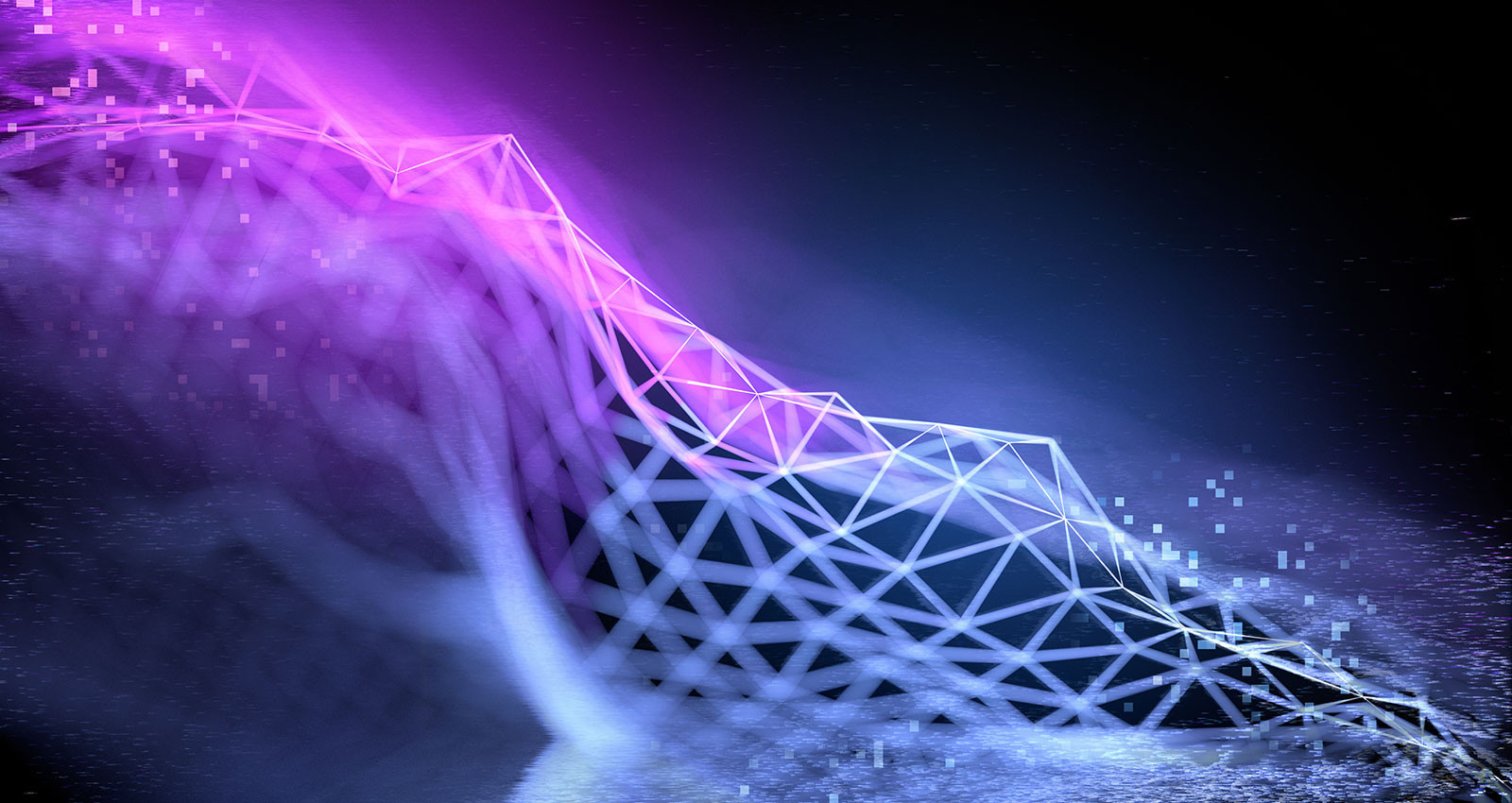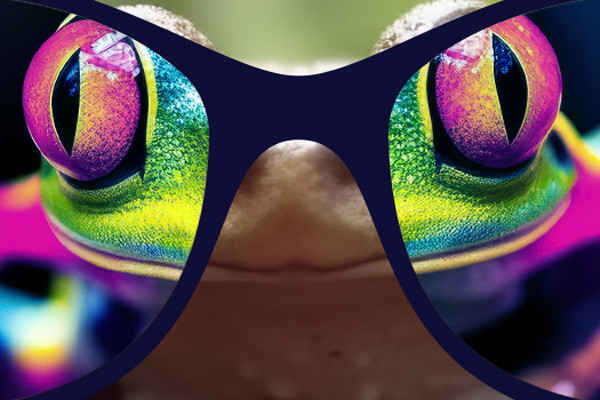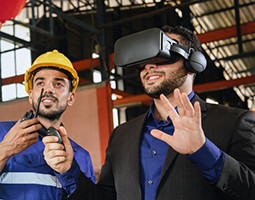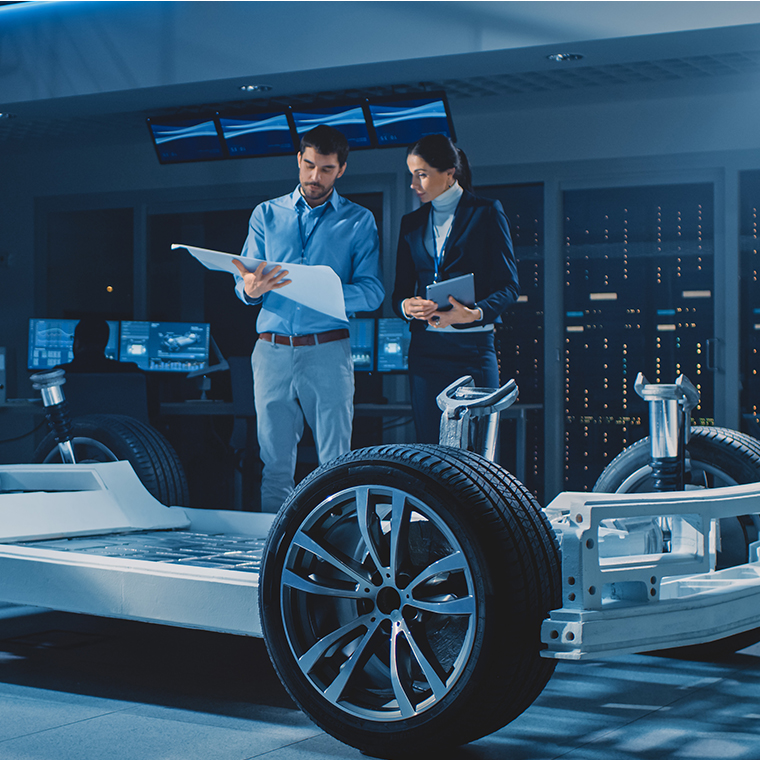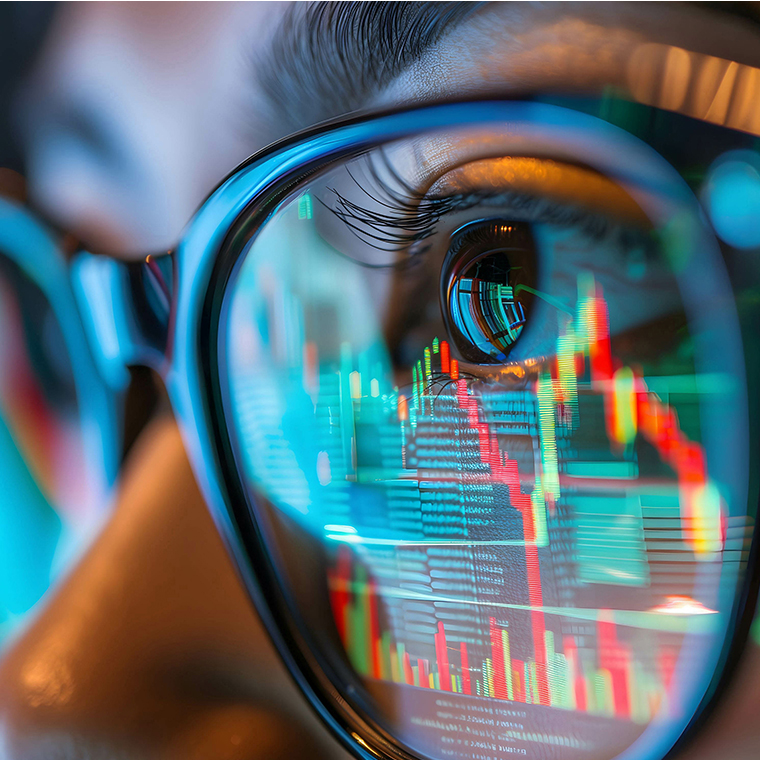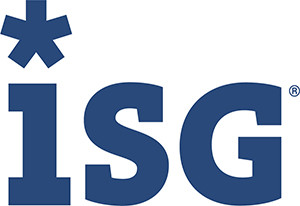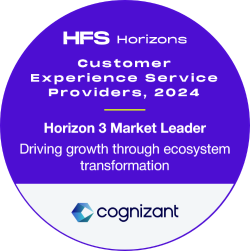Solutions
We use intelligent experience orchestration to connect end-to-end experiences, harnessing the power of AI and enabling personalization to delight customers and grow our clients' businesses.
A global network of experience studios
Studios bring together people, processes, tools and technologies, which are networked globally to cocreate, ideate, design, build and innovate with clients. From concepting to product we collaborate to create new design systems, optimize existing designs and ensure usability and accessibility.
Recognition
Featured work
Select partners
Take the first step
From designing the journey to developing key touchpoints and personalizing customer engagements, Cognizant Moment can help.
Ready to take the next step? Fill out the form below and we’ll reach out.






